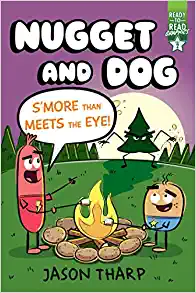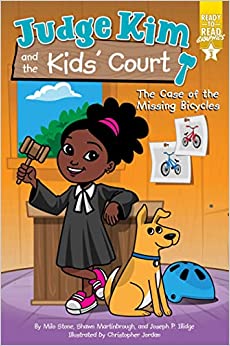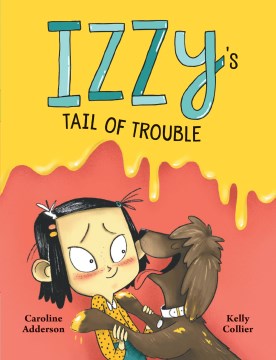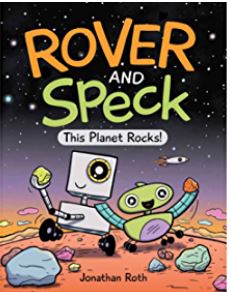The Most Magnificent Idea is the long awaited companion to author Ashley Spire’s book, The Most Magnificent Thing.
In this story the young girl is an “idea machine,” with her dog at her side she creates “cozy things, whirling things, and helpful things” until one day she runs out of ideas. She tries everything: brainstorming, gathering new supplies, even jumping up and down on one foot to shake an idea loose. But, nothing seems to work. She becomes very sad and worries that she will never have another idea again.
Author-illustrator Ashley Spires’ colorful, detailed illustrations present readers with a clear picture of the ups and downs of the creative process. This book offers a terrific character education lesson in patience and perseverance. It could also easily be used to introduce a STEAM lesson to help inspire the creative process.




